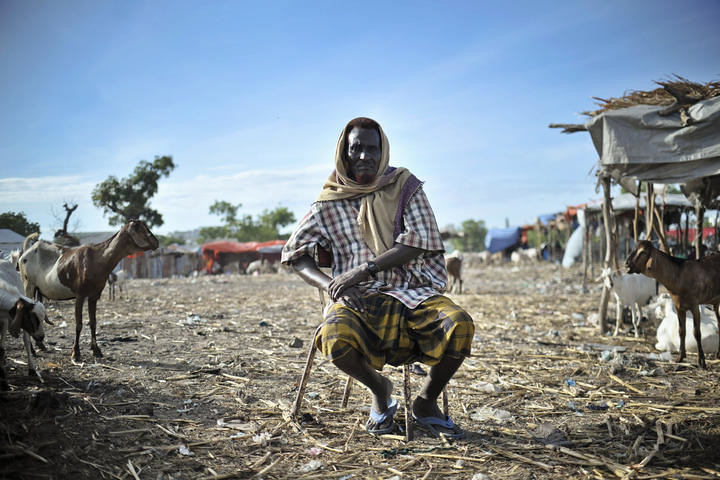Alleviating Poverty in Post-Conflict Cities: UN Plans for Mogadishu
 A 2020 report by the World Bank predicts that by 2030, more than one-half of the world’s impoverished will be living in fragile and conflict-affected situations (FCS). Following 2007 estimates, the number of individuals living near or in FCSs has almost doubled, which has raised questions as to whether the 2030 poverty reduction goals can be reached.
A 2020 report by the World Bank predicts that by 2030, more than one-half of the world’s impoverished will be living in fragile and conflict-affected situations (FCS). Following 2007 estimates, the number of individuals living near or in FCSs has almost doubled, which has raised questions as to whether the 2030 poverty reduction goals can be reached.
The UNDP
In the past eight years, the United Nations Development Programme (UNDP) has been a beacon of hope, supporting stable and legitimate governments in states transitioning out of FCS. This concerted effort has yielded tangible results, improving stability and increasing development in these transitioning countries.
In collaboration with the United Nations (U.N.)-Habitat, the UNDP has spearheaded reconstruction initiatives for transitionary regions, demonstrating the potential for significant poverty reduction in post-conflict cities.
Pathways for Peace
The 2018 U.N. publication “Pathways for Peace” offers a compelling solution. The Institute for Economics and Peace’s research reveals a striking cost-effectiveness ratio for conflict resolution: 1:16. This means that investing in peace and development saves donor nations money in foreign aid over time and significantly contributes to poverty reduction in post-conflict cities. The success of these strategies is evident in the case of Mogadishu, Somalia.
U.N.-Habitat Plans for Mogadishu
Since 2012, Mogadishu has been one of the fastest-growing regions in Somalia. As a result of several years of internal conflict, the city and municipality surrounding it lack the necessary infrastructure and the general information needed to create strategic urban plans.
Following the 2014 Urban Analysis of Mogadishu conducted, the U.N. developed five plans for the city’s all-around development and socially sustainable growth. Projects one and two focus on building or redeveloping highway systems that connect the city with the surrounding municipality.
Project three specifically affects the rehabilitation and historical preservation of the medieval historic districts, specifically by developing drainage and waste disposal centers within the districts. While it is currently impossible to restore the entirety of the “old town,” developers plan to improve the district with smart tourism and new business opportunities within vacant buildings.
Project four hopes to expand market access within urban Mogadishu while expanding public transportation opportunities to and around market centers. Finally, Project Five plans to redevelop public spaces with the input of the districts of Mogadishu to redevelop public places that are significant to the communities they foster.
Final Remark on Plans for Mogadishu
All projects being researched and prepared are based on the relative stability of Mogadishu. Poverty reduction-centric planning and aid can only work in regions of peace; poverty in post-conflict cities can be alleviated more consistently than FCS-based poverty. By investing in peace, poverty can be reduced for more than 74 million people, and organizations such as the U.N. and World Bank can create localized programs and initiatives to allow communities to rebuild themselves.
– Jamie Sackett
Jamie is based in Hutto, TX, USA and focuses on Global Health and Politics for The Borgen Project.
Photo: Flickr
